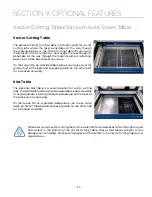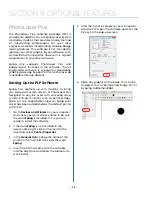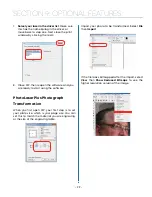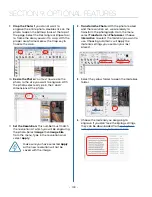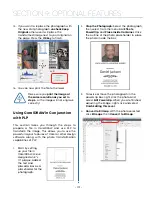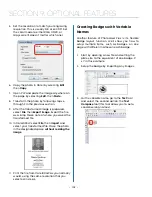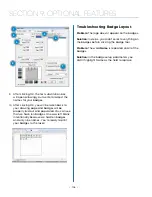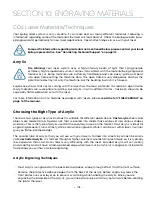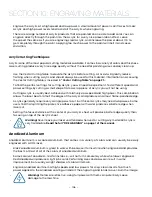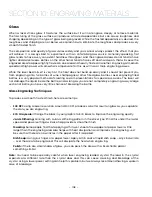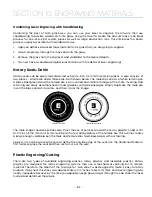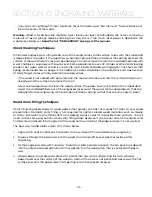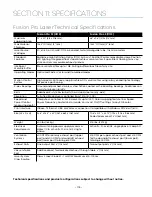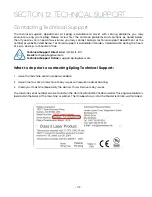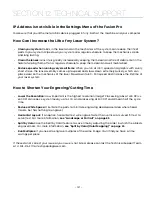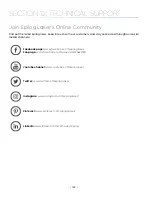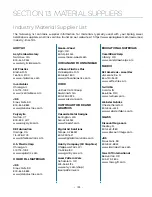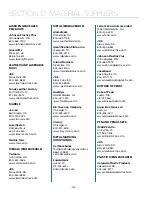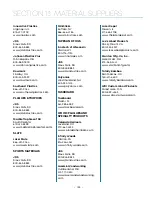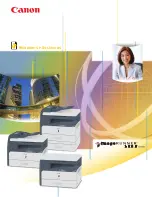
Laserable plastics have been developed with a thinner cap sheet that is .002” to .003” (0.051 mm to 0.076
mm) thick, providing much better engraving and cutting characteristics. These plastics are commonly
referred to as micro laminates; micro-surfaced, or simply laser engraveable plastics. These plastics are
generally very easy to engrave with a laser since they all have similar characteristics.
Because there is such a broad range of plastics it is necessary to experiment to determine if a particular
type of plastic is laser compatible. Different color plastics, even if they are from the same manufacturer,
will have unique speed and power settings. Use the guidelines in this manual as a starting point when
determining the correct speed and power settings. If you do not get acceptable initial results with the
recommended speed and power settings, start experimenting by first changing only the power setting.
If adjusting the power setting does not work, start over and adjust only the speed setting. Once you have
acceptable results, record those settings for that particular plastic so that you do not have to repeat the
experimentation process.
Plastic Engraving Techniques
• Always remove the clear protective cover layer before engraving.
• Once you have the correct speed and power settings you can improve your engraving results even
more by taking the focus lens out of focus (lower the table) by about 1/16 (1.5 mm) of an inch. This
technique enlarges the focus beam a little bit and provides more beam overlap on each pass of
the laser. The greater overlap produces a smoother engraved surface on the plastic and eliminates
the grooves that you sometimes see when engraving plastic.
• With some plastics it is best to engrave using two passes. The first pass cuts through the cap layer
and the second pass cleans away the residue that some plastics leave behind.
• Another technique that can be useful is to mask the plastic before engraving with transfer or
masking tape. This will prevent a buildup of residue on the plastic surface. Misting the transfer tape
with water will reduce heat buildup and melting on sensitive plastics.
Plastic Vector Cutting Techniques
• Use a Vector Cutting Table to elevate the plastic before cutting. Air Assist will greatly reduce flaming
when cutting plastic.
• Vectoring plastics is similar to vectoring other materials. First, experiment to determine if the plastic
can be cut with the laser. Plastics that are up to 1/16 inch thick can usually be cut in a single pass.
Thicker plastics may need two passes.
• As with engraving, it is sometimes necessary to mask and dampen the plastic before cutting. Even
masking and wetting both front and backsides of the plastic is desirable on sensitive plastics that
have very low melting points.
•
WARNING!
Never leave your laser unattended when vector cutting plastics! Plastic can
be very flammable.
Read the full “FIRE WARNING” on page 1 of the manual.
- 110 -
SECTION 10: ENGRAVING MATERIALS


